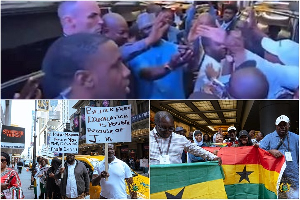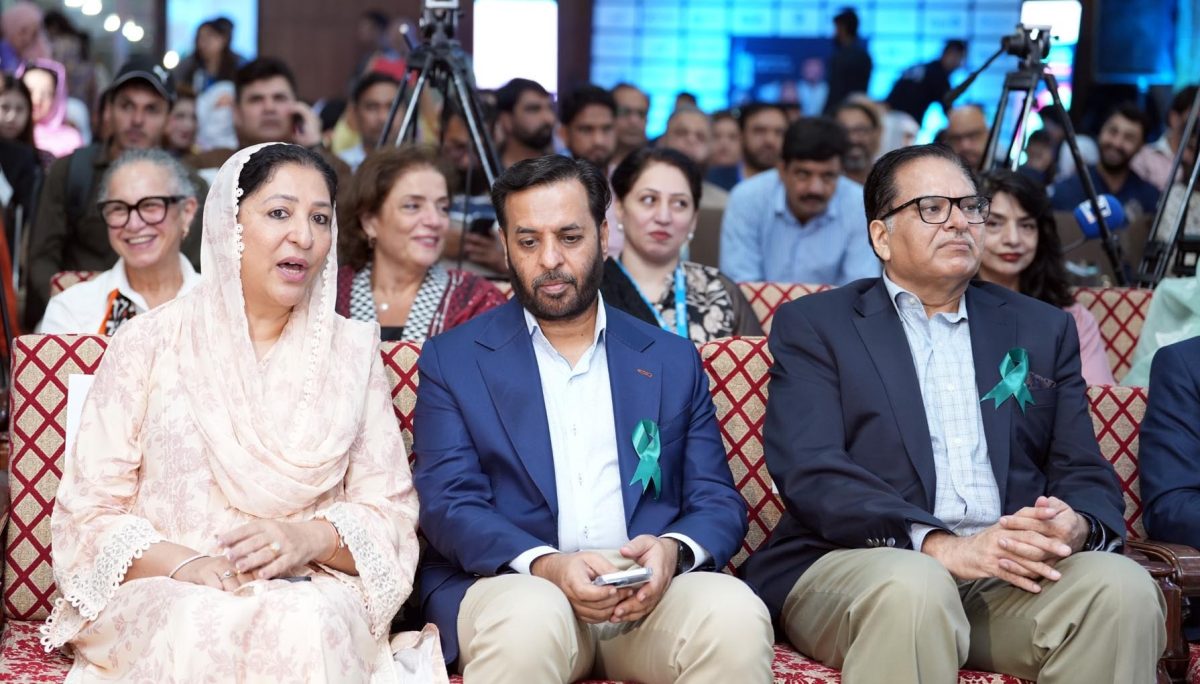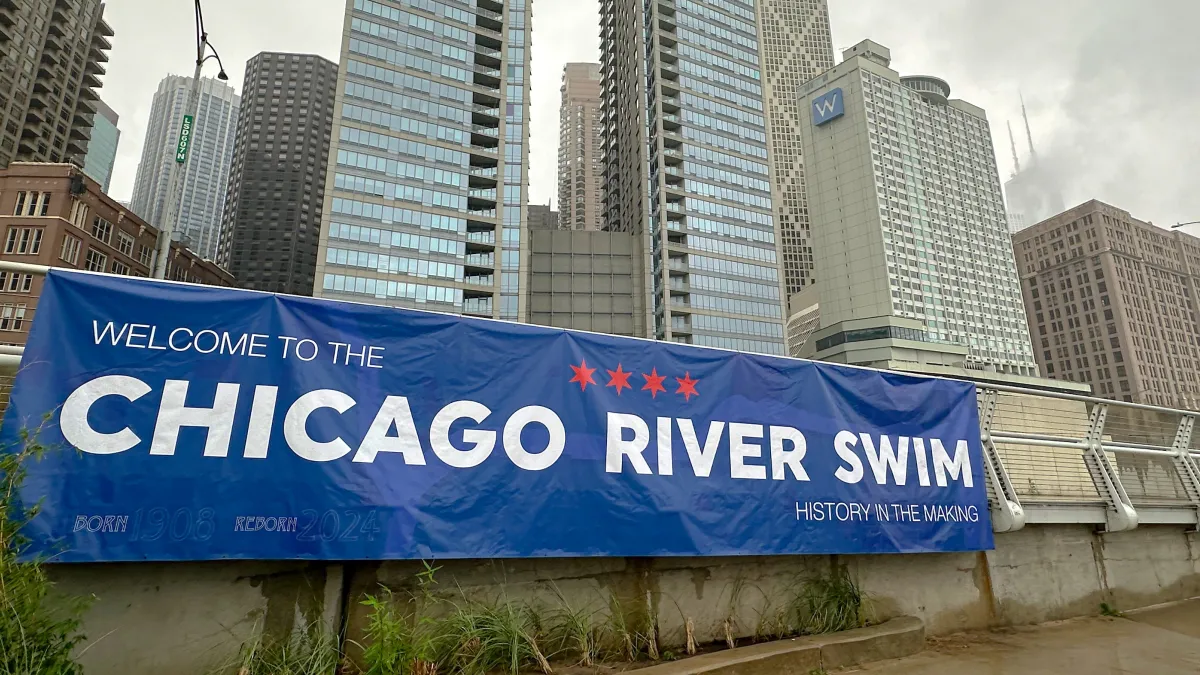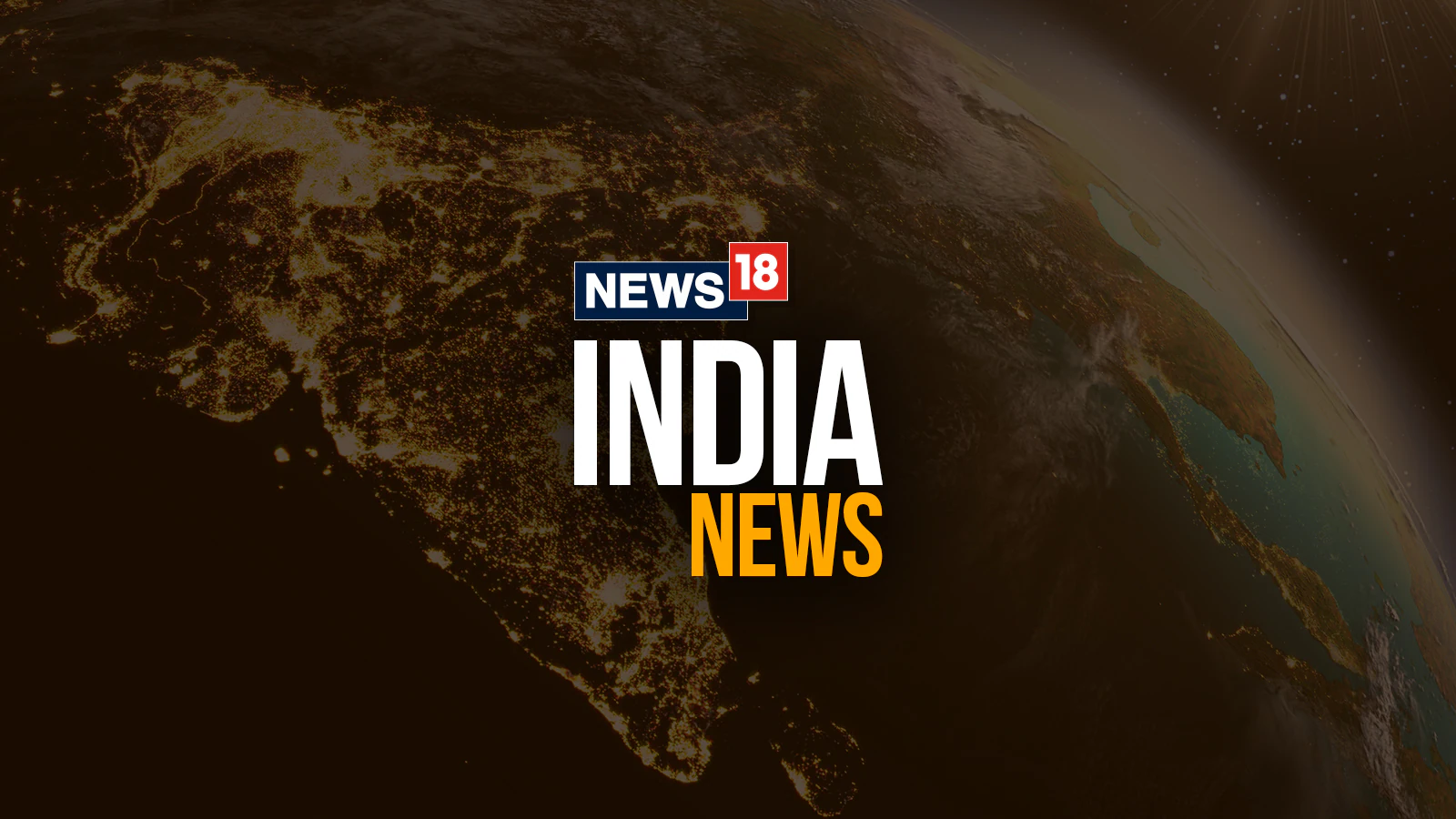By Fiona Sun
Copyright scmp
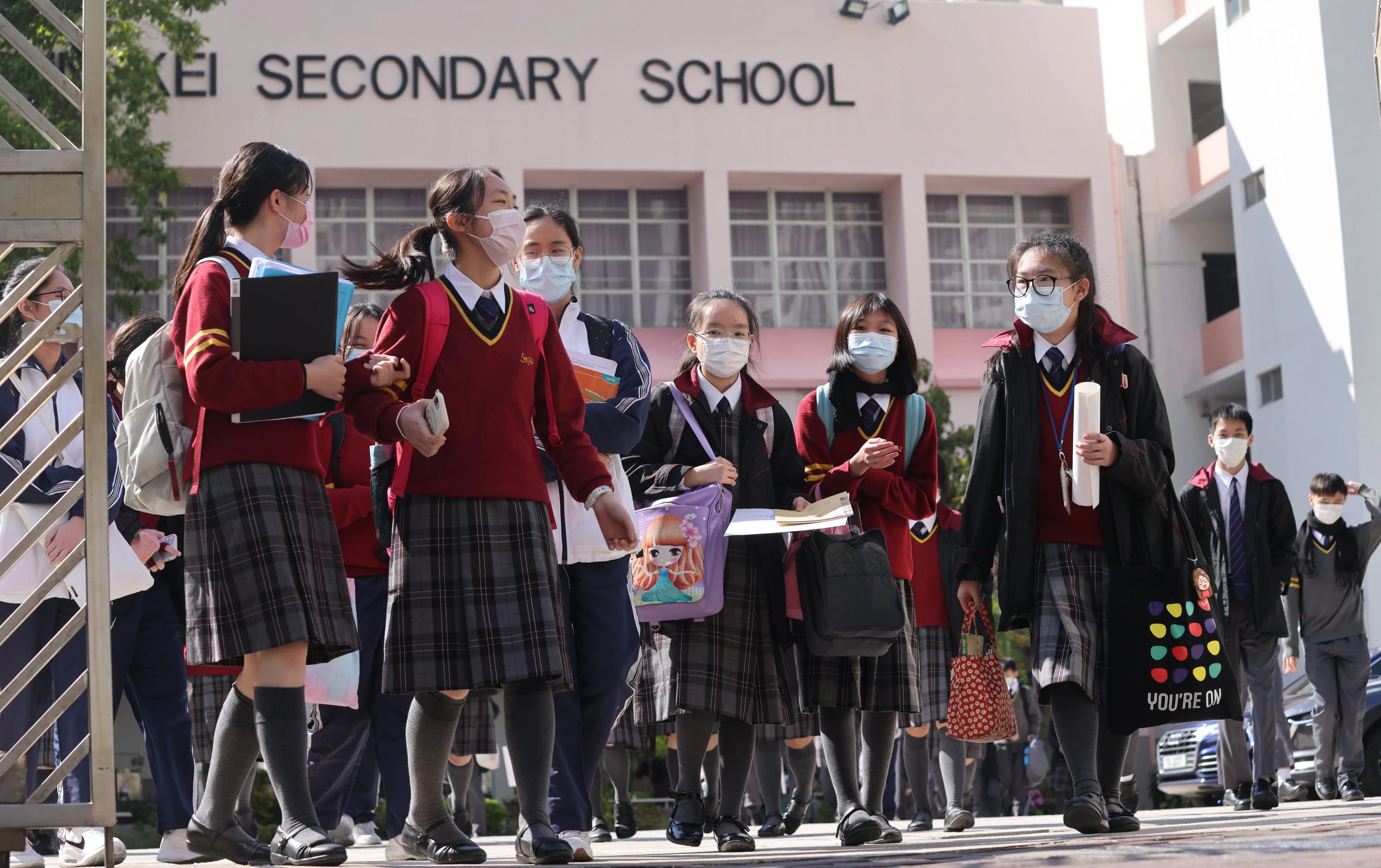
Hong Kong’s semi-private schools have received approval from authorities to increase tuition fees by about 4.6 per cent on average, slightly down from the 4.8 per cent rise recorded last year.
The Education Bureau said on Tuesday that it had received applications from 174 schools to adjust tuition fees for the 2025-26 academic year as of August 31. They comprise 40 semi-private schools under the government’s direct subsidy scheme (DSS), 71 private schools, and 63 international ones.
Only one application from a DSS school and one from a private school were rejected, the bureau said.
Tuition fees of DSS schools were set to rise by 4.64 per cent on average for the new academic year, it added.
Fees on average would increase by 4.62 per cent at private schools and 4.6 per cent at international ones, according to the bureau.
Last year, DSS schools were approved to increase fees by 4.76 per cent on average for 2024-25, the most in five years.
The private and international schools got the green light last year to raise fees by 5.36 and 4.53 per cent, respectively.
According to the bureau, DSS schools must provide budgets and justifications in their applications for fee increases, and the bureau would also examine whether the institutions had carried out consultations.
DSS schools were also required to set aside no less than 10 per cent of their total tuition revenue for fee reductions and scholarships to cater to students who could be affected by family financial problems, it added.
Education sector lawmaker Chu Kwok-keung said the fee increase this year was reasonable.
“The average increase this year is similar to that of last year, which I think is reasonable,” he said.
“But the increase of some DSS secondary schools ranges from 5.81 per cent to 10 per cent. These schools should publicly explain the reasons.”
Chu said the main reasons for the fee increases among self-financing private and international schools were to offset rising costs for staff salaries and school building operations.
DSS schools also faced declining student numbers and rising operating costs, he added.
“The shortage of school-age population in recent years has affected the income of some private and international schools, and some have even run into financial problems,” he said.
